KUALA LUMPUR, June 8 — Malaysia’s telehealth industry has found new growth opportunities during the Covid-19 pandemic after struggling to go mainstream prior to the crisis.
While teleconsultation services were established only recently at some hospitals, other telehealth companies had gone through months, if not years of hardship, to establish the digital health industry, as it is a fairly new concept in this country.
Local telehealth companies and hospitals interviewed by CodeBlue believe that the Covid-19 crisis in Malaysia has strengthened the foundation of digital health care services in the country.
“Prior to Covid-19 hitting our shores, we were hitting a positive 20 per cent month on month growth. Since February this year, DoctorOnCall’s website has seen over five million visitors to the website, has over three million monthly active users and successfully concluded thousands of consultations between patients and doctors,” DoctorOnCall co-founders Maran Virumandi and Hazwan Najib told CodeBlue in an interview.
DoctorOnCall was founded in 2016. It is Malaysia’s first digital health platform that connects patients with an extensive network of health care professionals, such as doctors and pharmacists. The company provides teleconsultation services, medication delivery services, and also Covid-19 screening services.
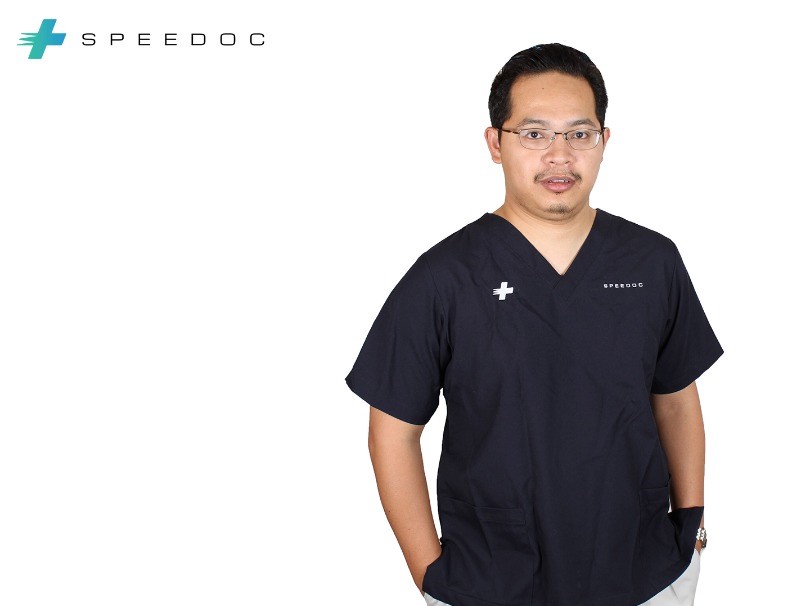
“As we were, and still are, quite new and building on our operations, we had a low number of patients daily, at about two to three per day. However, (after the Covid-19 crisis), we’ve seen an increase in daily cases,” Speedoc Malaysia director Dr Rozel Fadzly told CodeBlue.
Speedoc was founded in 2017 in Singapore. The company provides on-demand house call doctors, nurses, and ambulance services, with medicine delivery service under development. Speedoc has also built an app with a complete end-to-end system for doctors and patients to enable remote medical care for patients 24/7.
In an interview with CodeBlue, another provider of doctor house-call services, HomeGP, also reported an increase of about 40 to 50 per cent of their current customers’ usage of WhatsApp video calls for teleconsultation services.
According to HomeGP founder and CEO Nic Lim, the local company was founded in 2014. HomeGP connects patients with house-call doctors and trained home care nurses. The company also offers private home caregivers, licensed physiotherapists, pathology lab services, and medicine courier services.
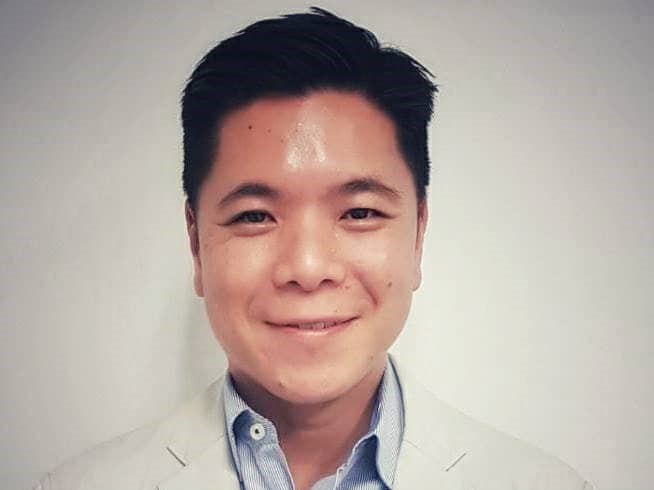
Some private hospitals, such as Sunway Medical Centre Velocity (SMCV), Pantai Hospitals, and Gleneagles Hospitals, also rolled out telemedicine or teleconsultation services after the coronavirus outbreak this year, as society adapts to the new norm of safe social distancing because face-to-face consultations between health care providers and patients may pose a risk of virus transmission to both parties.
“SMCV’s teleconsultation service was set up in April 2020, during the MCO (Movement Control Order). This extended service was planned earlier and MCO was a good opportunity for SMCV to roll it out and implement it for patients who need health advice when they cannot come to the hospital, either due to this critical time or being afraid of visiting the hospital during this Covid-19 pandemic,” said SMCV chief executive officer Choo Voon Chee.
He further added that the teleconsultation service is very useful and convenient for their customers who live outside of the Klang Valley area during this period of time.
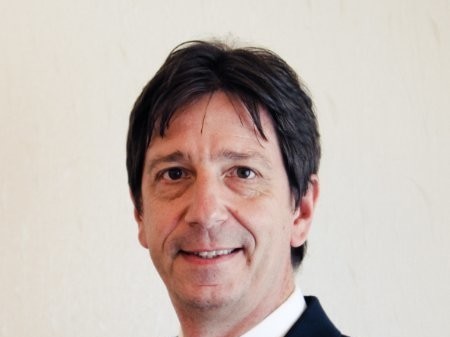
Jumping onto the bandwagon, Parkway Pantai launched a teleconsultation service, called the eHealth Video Consultation, last month at its hospitals in Malaysia.
“The launch of eHealth Video Consultation, a telemedicine service in Malaysia (in early May), is part of Parkway Pantai’s effort to meet the evolving needs of patients,” Parkway Pantai’s CEO of Malaysia Operations Division, Jean-Francois Naa, told CodeBlue in an interview.
“eHealth Video Consultation was launched across all 15 Pantai and Gleneagles Hospitals to ensure we provide our patients with continuous care and the convenience of consultation with specialists of their choice, by availing both walk-in and online video consultation. It is the driving force behind the launch of this virtual platform,” he added.
Parkway Pantai operates 15 hospitals in Malaysia, including 11 Pantai Hospitals and four Gleneagles Hospitals, as well as ancillary healthcare services including Pantai Integrated Rehab and Pantai Premier Pathology. Parkway Pantai is part of IHH Healthcare, one of the world’s largest health care groups by market capitalisation.
Malaysian Consumers Accepting Telehealth More

Since the coronavirus outbreak and movement restrictions enforced by the government from March 18, the public has mainly relied on the internet for news, updates from the government, and even shopping needs.
Telehealth was a slow growing industry prior to the Covid-19 crisis that hit Malaysia last January. After several lockdown measures were implemented, health care providers have observed a shift in consumer behaviour, where people are now more accepting of digital conveniences in health care.
“From the feedback of our customers who have used our teleconsultation service, the live video communications technology is a crucial platform for doctors to reinforce treatment adherence and maintain patient’s health.
“The telehealth solution by SMCV has provided a convenience to the patients who need immediate health advice but cannot visit a doctor during this critical time, as it allows the patients to quickly check in with a doctor for guidance,” said Choo.
However, Choo does not believe that teleconsultation can replace face-to-face consultations, but rather, it is an additional service for the patients.
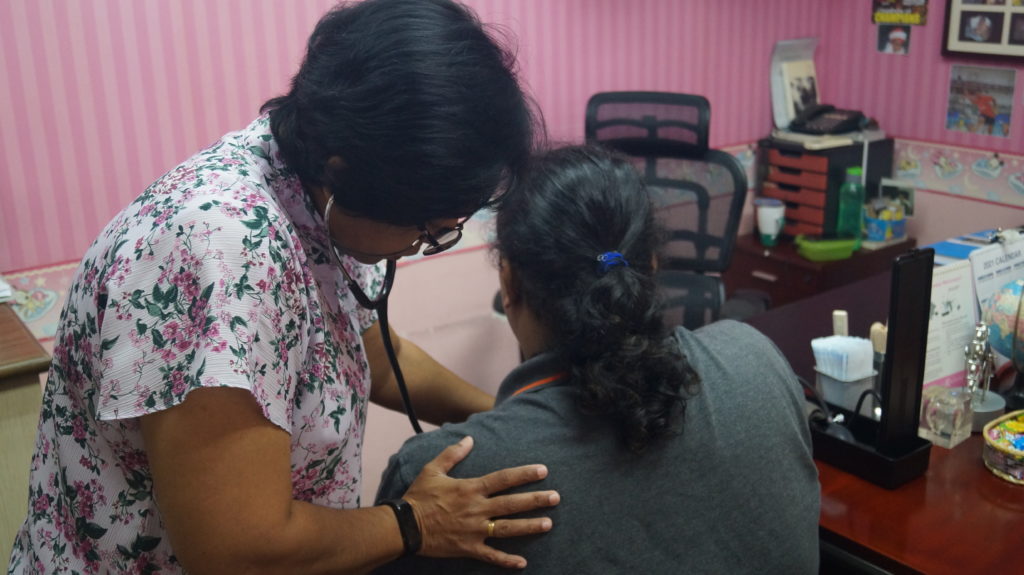
Sharing Choo’s point of view is Parkway Pantai’s Naa who thinks that “it is still important for patients to meet the doctor in person,” as it allows a physician to proceed with medical assessment that includes visual and physical examinations, and treatment recommendations.
“eHealth Video Consultation functions as an alternative channel in addition to walk-in appointments, for patients to consult their doctors.
“(It) allows doctors to provide continuous care to their patients and is a value-added service specifically for patients who can’t travel to the hospital due to certain circumstances, and to continue receiving medical care,” he said.
Naa also noted that Parkway Pantai’s teleconsultation services received “good responses” from patients since their launch in early May.

DoctorOnCall believes digital approaches in Asia and Malaysia are helping the public stay up-to-date on the Covid-19 situation, and also provide better and “more rapid” public health care.
“A clear example is the rapid adoption by established hospital, clinic and pharmacy chains of DoctorOnCall’s technology including Qualitas Medical Group, CARING Pharmacy, Pharmaniaga and Thomson Hospital. Now, Malaysians are able to get connected to the doctors and get medications delivered to their homes while staying safe during the CMCO period,” said co-founders Maran and Hazwan.
They explained that customers are able to speak with doctors through private chat, phone or video calls, and even have their prescription medications delivered to their doorsteps without leaving the safety and comfort of their homes.
“Covid-19 has changed health care and made digital health care an essential mainstream service.”
Maran Virumandi and Hazwan Najib, co-founders of DoctorOnCall
In comparison to brick-and-mortar clinics and pharmacies, Speedoc Malaysia director Dr Rozel noted that telehealth or telemedicine provide the same services as a general practitioner (GP) clinic, with added convenience.
“We provide the same services as a GP clinic would, except that the patient does not have to leave the comfort of their homes. They save on travelling time, waiting time at a clinic, and transportation costs,” he said.
“Our services and approach are new compared to private clinics and government health facilities. We offer value in the form of quality medical care in the comfort of people’s homes. Hence, we create value for our patients by reducing waiting times, follow up calls, (and) medical delivery to their homes.
“People are still getting used to paying for this added value service and using the new format of health care booking service we provide. There is definitely demand for this now as telehealth is becoming better understood,” Dr Rozel added.
In addition to the convenience that telehealth provides for its consumers, HomeGP’s founder and CEO Nic Lim noted that effectiveness was another important aspect of incorporating technology into health care delivery.
“We view telehealth from two perspectives — the practical and structural. The ‘practical’ is where we are leveraging it to communicate, gather data, develop, and implement best practice. The ‘structural’ is the domain of primary care, physicians and regulation, which defines conduct, data repository, and sharing.
“It often seems like the domain of large technology companies and vendors who want end-to-end control and delivery, which is a huge procurement decision-making task on the part of government and primary facilities,” said Lim.
Telehealth Reduces Health Care Costs
In terms of the costs associated with health care, Speedoc Malaysia’s Dr Rozel believes that telehealth services can definitely cut costs through improvements in accessibility and affordability.
“When medical care is made more accessible and affordable, we will see lesser patients delaying treatment and only seeking medical attention when they develop complications,” he said.
“Especially for patients with chronic conditions, remote monitoring and making sure they have a regular check-up schedule set up can help them prevent potential complications that might result in hospitalisation.”
Dr Rozel Fadzly, director of Speedoc Malaysia
He cited a study on the cost-effectiveness of a National Telemedicine Diabetic Retinopathy Screening Program in Singapore, which found that telemedicine-based screening of diabetic retinopathy was more cost-effective compared to traditional family physician-based screening.
The total cost savings amounted to S$173 (RM531) per patient, with direct medical cost savings of S$144 (RM442) per patient. The future cost savings associated with the telemedicine-based model is also estimated to be S$29.4 (RM90.2) million over a lifetime.
Revisiting Dispensing Separation Amid Covid-19
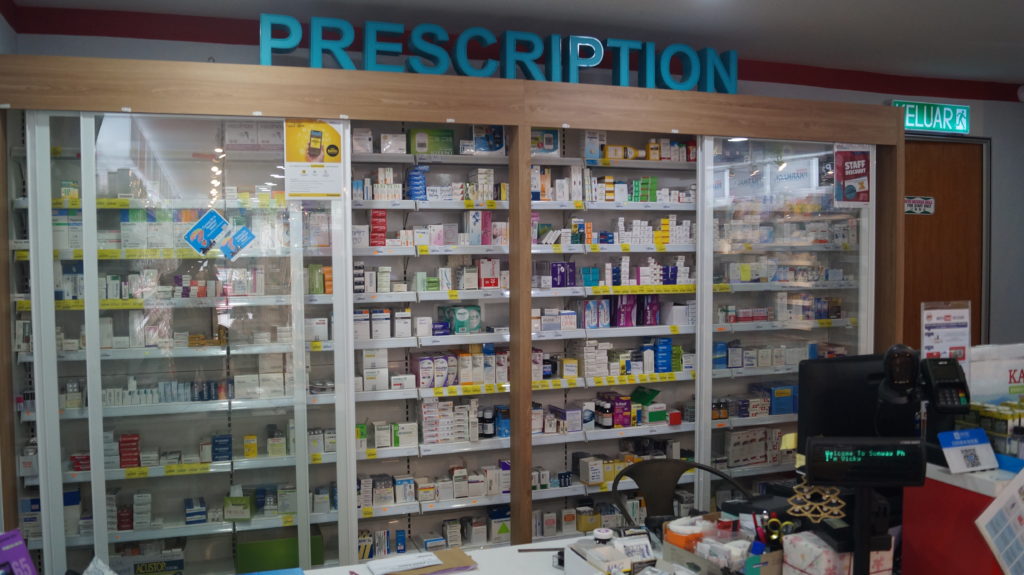
With telehealth’s boom amid the Covid-19 crisis, where telepharmacy is also a growing sector, now may be a good time for the nation to revisit the decades-long debate on whether dispensing separation should be implemented.
Dispensing separation, also known as the separation of prescribing and dispensing medicine, is a medical practice where the prescribing physician provides the patient with a written or electronic prescription for the dispensing of the prescribed medication at a pharmacy.
DoctorOnCall’s Maran and Hazwan believe that by working with the industry and seeking a way that will allow a “win-win” arrangement for all — doctors, pharmacists, and regulators — the best service and care can ultimately be provided to patients.
“We subscribe to the industry view that significant changes need to be put in place as part of any major change such as the dispensing separation, including equitable fee structures for doctors; rigorous enforcement of the prescription and dispensing rules; stable and proper technologies to enable the record-keeping; tracking and communication between parties as well as comprehensive education to the public to prevent abuse,” said the DoctorOnCall co-founders.
Speedoc Malaysia’s Dr Rozel believes that the best way to push for dispensing separation is to implement e-pharmacy, e-prescription, and medication delivery, rather than the traditional walk-in pharmacy to purchase medication.
Malaysia’s age-old Telemedicine Blueprint that was established by the Ministry of Health on July 25, 1997, envisioned that by the year 2020, the nation’s health care system would be transformed with developments of advanced health systems by harnessing the power of information and multimedia technologies.








